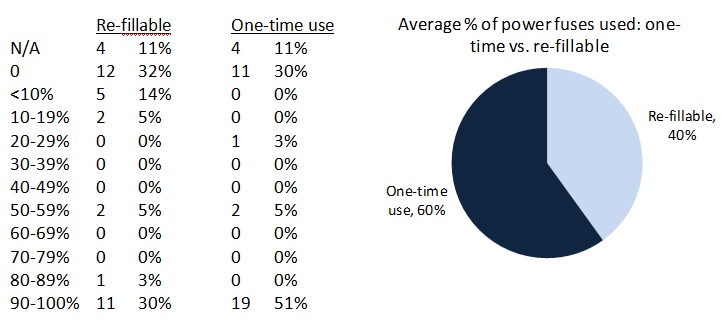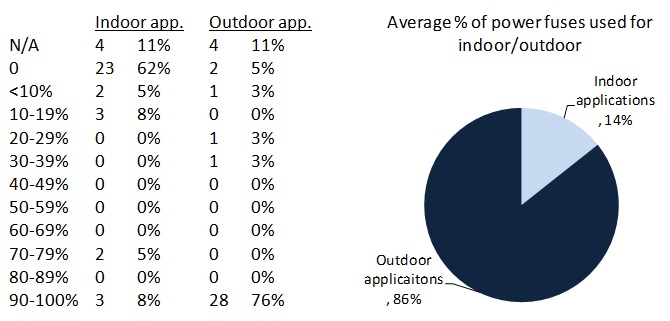Newton-Evans Research Company is currently conducting a study of the market for laboratory testing of medium and high voltage electric power T&D equipment. The purpose of this study is to find out how electricity producers, T&D companies, industrial facilities and transit and rail companies handle testing of equipment such as: power transformers, load tap changers, switchgear, load interruptors, outdoor circuit breakers, fused cutouts, relays, capacitors, load break switches, reclosers and instrument transformers.
Some of the tests for these pieces of equipment that are routinely performed in a laboratory situation include: arc flash, internal arcing fault, load and capacitive switching, short circuit interruption and withstand, overload, interrupting current tests, switching tests and cable/line charging. These laboratory-based tests are sometimes performed in-house by electric utility staff, but more often an outside consultant, equipment manufacturer, university or commercial test lab is hired to perform these tests.
In an effort to better serve electric power utilities, generating companies and industrial facilities, test labs want to know: “If you had the opportunity to troubleshoot a technical problem “off the grid” using an independent lab, what are some of the problems or issues you would test in that situation?”
If you or someone you know is involved in equipment testing or maintenance planning and would like to take our survey and receive a report of findings from this study, and a stipend, send inquiries to info@newton-evans.com or call 800-222-2856. A link to our survey, hosted by Surveymonkey.com, is available here:
https://www.surveymonkey.com/r/ElecPwrEquipTestingSurvey2016



 summary reviews and highlights from completed studies
summary reviews and highlights from completed studies
